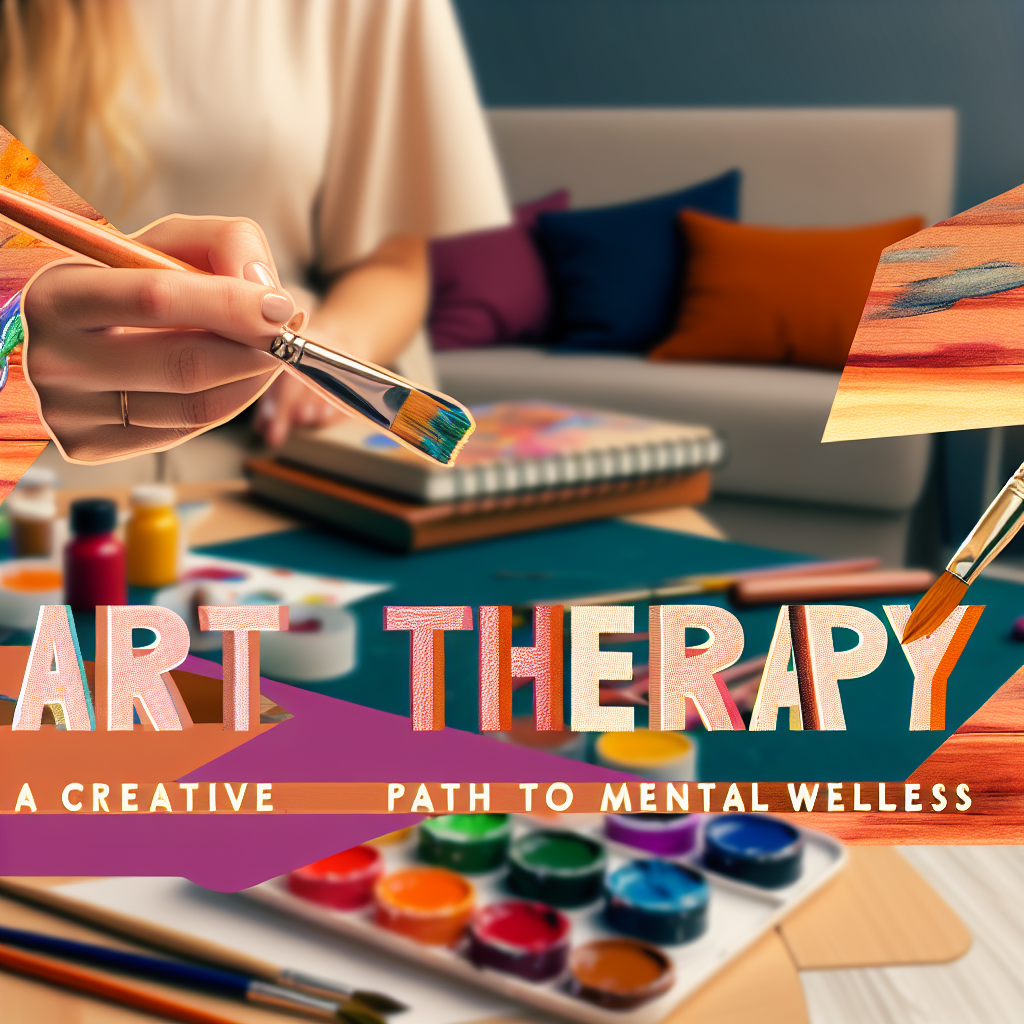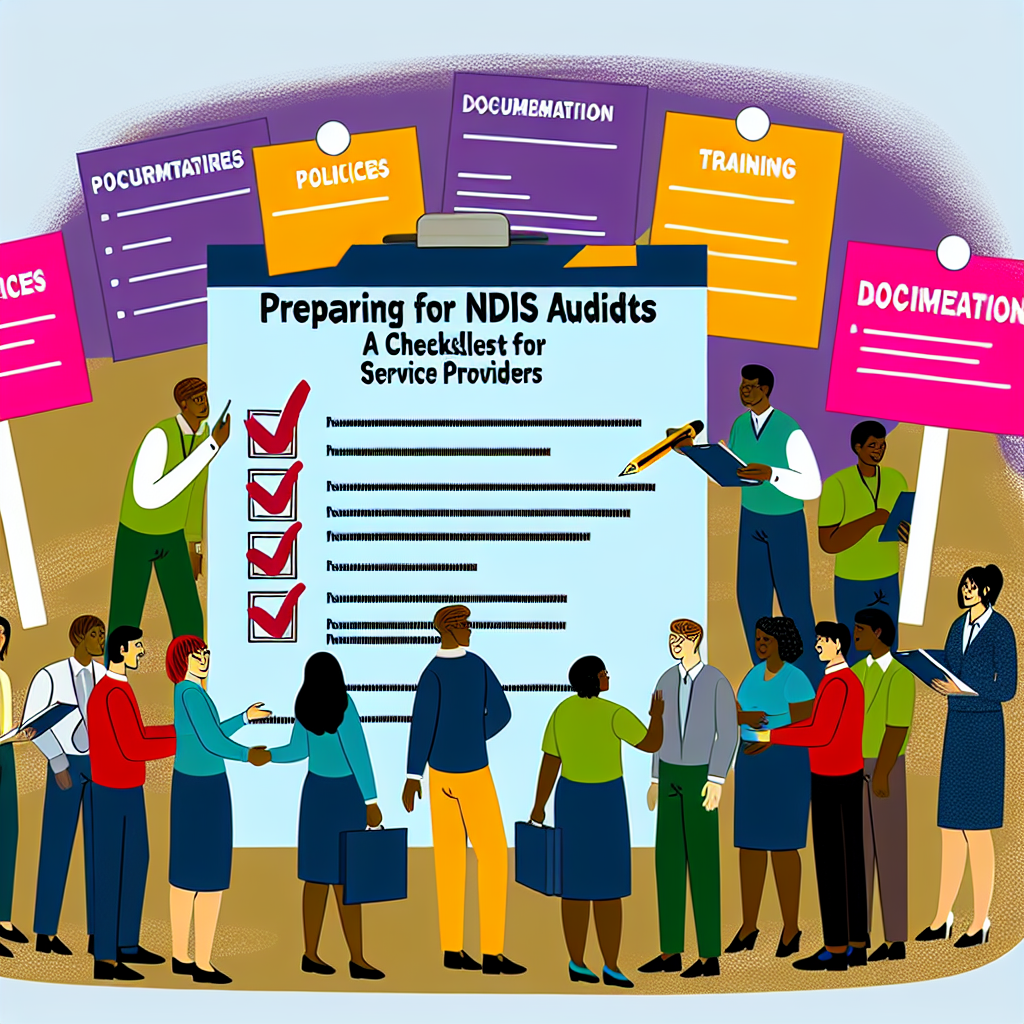by Bobby Singh
Share
by Bobby Singh
Share

Art Therapy Under the NDIS: A Creative Path to Mental Wellness
Introduction to Art Therapy
Art therapy is a form of expressive therapy that uses the creative process of making art to improve a person’s physical, mental, and emotional well-being. It is based on the belief that the creative process involved in artistic self-expression helps people to resolve conflicts, develop interpersonal skills, manage behavior, reduce stress, increase self-esteem, and achieve insight.
The Role of the NDIS
The National Disability Insurance Scheme (NDIS) in Australia provides support to individuals with disabilities, including mental health conditions. Art therapy is increasingly recognized under the NDIS as a valuable tool for mental wellness, offering participants a unique way to express themselves and work through challenges.
Benefits of Art Therapy
- Emotional Release: Art therapy provides a safe space for individuals to express emotions that may be difficult to articulate verbally.
- Stress Reduction: Engaging in creative activities can lower stress levels and promote relaxation.
- Improved Self-Esteem: Completing an art project can boost confidence and self-worth.
- Enhanced Communication: Art can serve as a bridge for communication, especially for those who struggle with verbal expression.
Case Studies and Examples
Several case studies highlight the effectiveness of art therapy under the NDIS:
- Case Study 1: A young woman with anxiety found relief through painting, which helped her articulate her feelings and reduce panic attacks.
- Case Study 2: An elderly man with depression used sculpture to reconnect with his past, leading to improved mood and social interaction.
Statistics Supporting Art Therapy
Research indicates that art therapy can significantly impact mental health:
- A study published in the “Journal of the American Art Therapy Association” found that 75% of participants reported a decrease in anxiety after engaging in art therapy.
- According to the NDIS, participants who included art therapy in their plans reported higher satisfaction with their mental health support.
Implementing Art Therapy in NDIS Plans
To incorporate art therapy into an NDIS plan, participants should:
- Consult with their NDIS planner to discuss the potential benefits of art therapy.
- Identify qualified art therapists who are registered with the NDIS.
- Set clear goals for what they hope to achieve through art therapy.
Summary
Art therapy under the NDIS offers a creative and effective path to mental wellness. By providing emotional release, reducing stress, and enhancing communication, art therapy can significantly improve the quality of life for individuals with mental health challenges. With growing recognition and support from the NDIS, art therapy is poised to become an integral part of mental health care in Australia.
Discover more from Wise Healthcare
Subscribe to get the latest posts sent to your email.
"Streamline your NDIS audit preparation with our comprehensive checklist, ensuring compliance and efficiency for service providers."
Learn effective strategies for NDIS providers to professionally manage feedback and complaints, ensuring improved service quality and client satisfaction.
Explore the vital role of support coordinators in enhancing service delivery and collaboration from a provider's perspective.
Discover effective growth strategies for NDIS service providers to scale your business, enhance services, and reach more clients successfully.
Discover more from Wise Healthcare
Subscribe to get the latest posts sent to your email.
Discover more from Wise Healthcare
Subscribe to get the latest posts sent to your email.
Discover more from Wise Healthcare
Subscribe to get the latest posts sent to your email.
Discover more from Wise Healthcare
Subscribe to get the latest posts sent to your email.
Discover more from Wise Healthcare
Subscribe to get the latest posts sent to your email.









